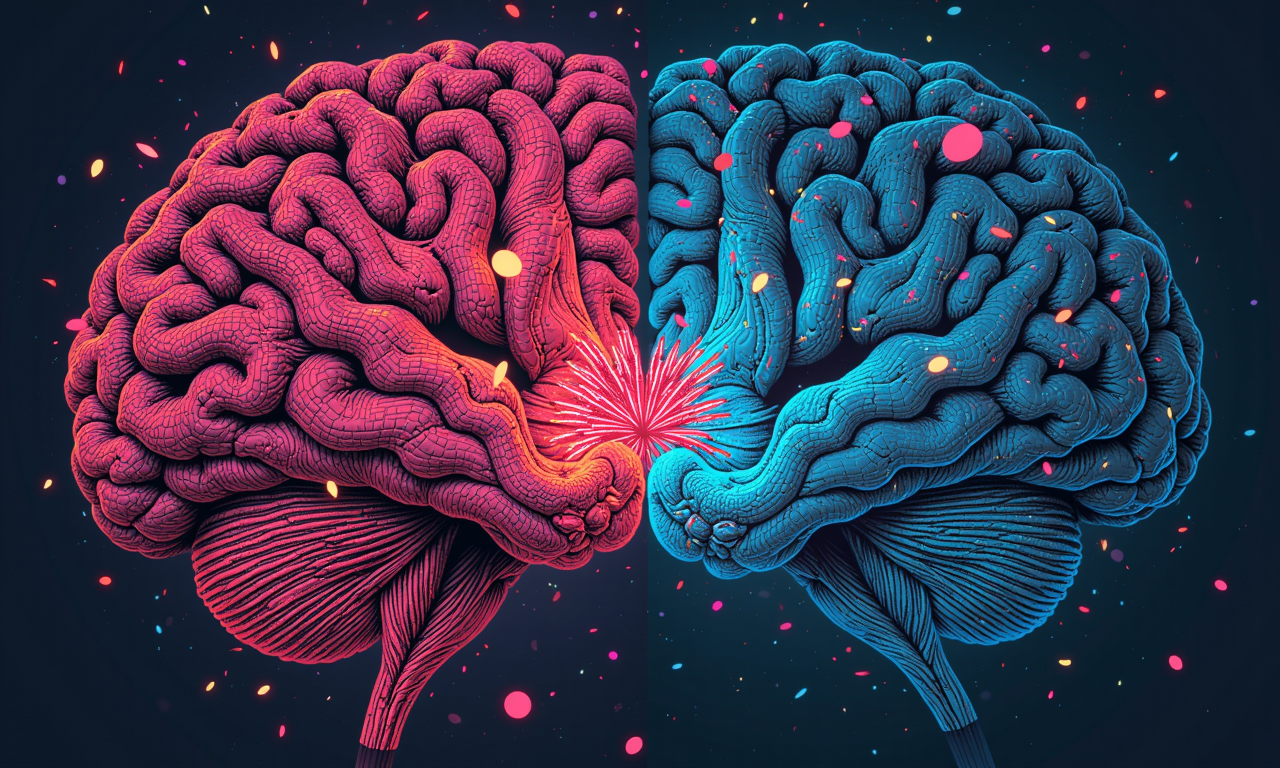Understanding the Critical Limitations of AI in Archviz
The limitations of AI in archviz are becoming increasingly important for architectural visualization professionals to understand as artificial intelligence becomes more prevalent in design workflows. While AI offers impressive speed and creative possibilities, significant constraints affect material accuracy, contextual understanding, and creative interpretation that can compromise project quality. Recognizing these limitations of AI in archviz enables professionals to make informed decisions about technology integration while maintaining the highest standards of visual excellence.
7 Critical Limitations of AI in Archviz That Impact Quality
- Material Representation Deficiencies: AI frequently struggles with complex material textures including natural wood grains, hand-woven fabrics, and weathered surfaces, often producing repetitive patterns that lack the subtle variations and imperfections found in authentic materials.
- Environmental Context Blindness: AI algorithms typically ignore crucial site-specific factors such as accurate sun angles, seasonal lighting changes, surrounding architecture, and local climate conditions that are essential for creating believable architectural visualizations.
- Creative Interpretation Limitations: While AI excels at pattern recognition, it cannot match human creativity in interpreting architectural intent, understanding cultural context, or making intuitive design decisions that require emotional intelligence and professional experience.
- Algorithm Transparency Issues: The black-box nature of AI decision-making processes makes it extremely difficult to understand why certain visual choices were made, complicating quality control, troubleshooting, and systematic improvements to rendering workflows.
- Spatial Logic and Ergonomic Errors: Automated furniture placement and spatial arrangements frequently violate basic ergonomic principles, accessibility standards, and practical usage patterns, creating visually appealing but functionally problematic spaces.
- Quality Consistency Challenges: Research indicates that 25-35% of AI-generated archviz renders require substantial manual corrections to achieve professional photorealistic standards, creating additional workflow steps and costs.
- Technical Integration Constraints: Hardware limitations, software compatibility issues, and rendering engine restrictions can create bottlenecks that compromise consistent AI performance and integration with existing archviz workflows.
“Understanding the limitations of AI in archviz allows us to harness its computational power while preserving the human creativity and technical expertise that define exceptional architectural visualization.” – Award-Winning Archviz Studio Director
Strategic Approaches to Overcome AI Limitations in Archviz
Professional archviz studios have developed effective strategies to address these limitations of AI in archviz while maintaining project efficiency and visual excellence:
- Implement hybrid workflows that leverage AI for rapid initial concept generation while reserving detailed execution and creative refinement for experienced human artists.
- Establish comprehensive quality assurance protocols that systematically identify and correct common AI errors before client presentation or project delivery.
- Maintain extensive reference libraries including site photography, material samples, and architectural specifications to validate and enhance AI-generated outputs.
- Invest in ongoing training for team members to effectively recognize AI limitations and apply appropriate manual corrections and artistic enhancements.
- Develop clear communication protocols with clients about which project elements involve AI assistance versus human artistry to manage expectations appropriately.
- Create standardized review processes that involve multiple checkpoints throughout the rendering workflow to catch and address AI-related issues early.
Future Considerations for AI Integration in Archviz
While current limitations of AI in archviz present significant challenges, the technology continues evolving rapidly with improvements in material simulation, environmental context awareness, and creative decision-making capabilities. However, the fundamental need for human oversight, creative interpretation, and quality control remains essential for delivering exceptional archviz results.
Successful archviz professionals recognize that these limitations create opportunities for enhanced human-AI collaboration rather than replacement scenarios, allowing studios to maximize efficiency while preserving the artistic excellence that distinguishes premium visualization services.
For comprehensive research and industry insights on AI accuracy in architectural rendering, explore the CGArchitect AI Rendering Limitations Study. Discover how Render First’s expert archviz services successfully navigate these limitations through proven human-AI integration strategies.
Achieve Excellence Through Balanced AI Integration
Understanding these seven limitations of AI in archviz empowers professionals to make strategic technology decisions that enhance rather than compromise project outcomes. Contact Render First today to learn how our hybrid approach successfully combines cutting-edge AI capabilities with proven artistic expertise, ensuring every archviz project exceeds client expectations while maintaining the highest quality standards and creative excellence.
Limitations of AI in Architectural Visualization
Limitations of AI in architectural visualization are crucial to understand as AI technology becomes increasingly embedded in design workflows. While AI offers rapid concept generation and enhanced visualization capabilities, it still has significant drawbacks that affect the quality, realism, and contextual accuracy of architectural renderings. This post explores the common limitations of AI in this field and how human expertise remains indispensable.
Why Understanding AI Limitations Matters
Though AI continues to evolve at a rapid pace, its application in architectural visualization often falls short when it comes to subtle material nuances and environmental context. Many AI-generated renders lack the delicate lighting interplay and site-specific details that seasoned professionals integrate to create believable, impactful imagery.
Top 5 Limitations of AI in Architectural Visualization
- Material Representation: AI frequently struggles to mimic complex textures such as wood grains, fabric weaves, and natural imperfections, resulting in artificial-looking surfaces.
- Contextual Awareness: AI tends to ignore local environmental factors like sunlight angles, surrounding buildings, and climate conditions, which are vital for authentic outdoor renders.
- Black Box Decision Making: The opaque nature of AI algorithms makes it difficult to trace how certain visual decisions are made, complicating troubleshooting and refinement.
- Flawed Spatial Arrangements: Automated furniture and object placement may overlook practical considerations such as ergonomic flow and human usage patterns.
- Dependence on Human Correction: Studies show that 20-30% of AI-generated outputs require manual adjustments to reach photorealistic quality standards.
“AI tools enhance process efficiency but cannot replicate the human touch that interprets design intent and context.” – Experienced CGI Artist
How to Mitigate AI Limitations
- Utilize AI for quick initial drafts, followed by skilled manual refinement to uphold realistic quality.
- Validate AI-generated images with real-world references including site photos and architectural details.
- Involve experienced CGI professionals to tweak lighting, materials, and spatial composition.
- Establish quality control processes that systematically catch AI inconsistencies before client delivery.
For more insights into AI accuracy, visit the AI Rendering Accuracy Report. Discover how Render First combines cutting-edge AI with expert artistry for superior results.
Leverage AI Without Compromising Excellence
By understanding AI’s limitations in architectural visualization and integrating expert human input, you can maximize the speed and creativity AI offers without sacrificing the photorealistic quality that wins client confidence. Contact Render First today to learn how we blend AI innovation with artistic mastery in our visualization services.





